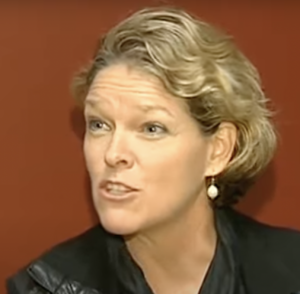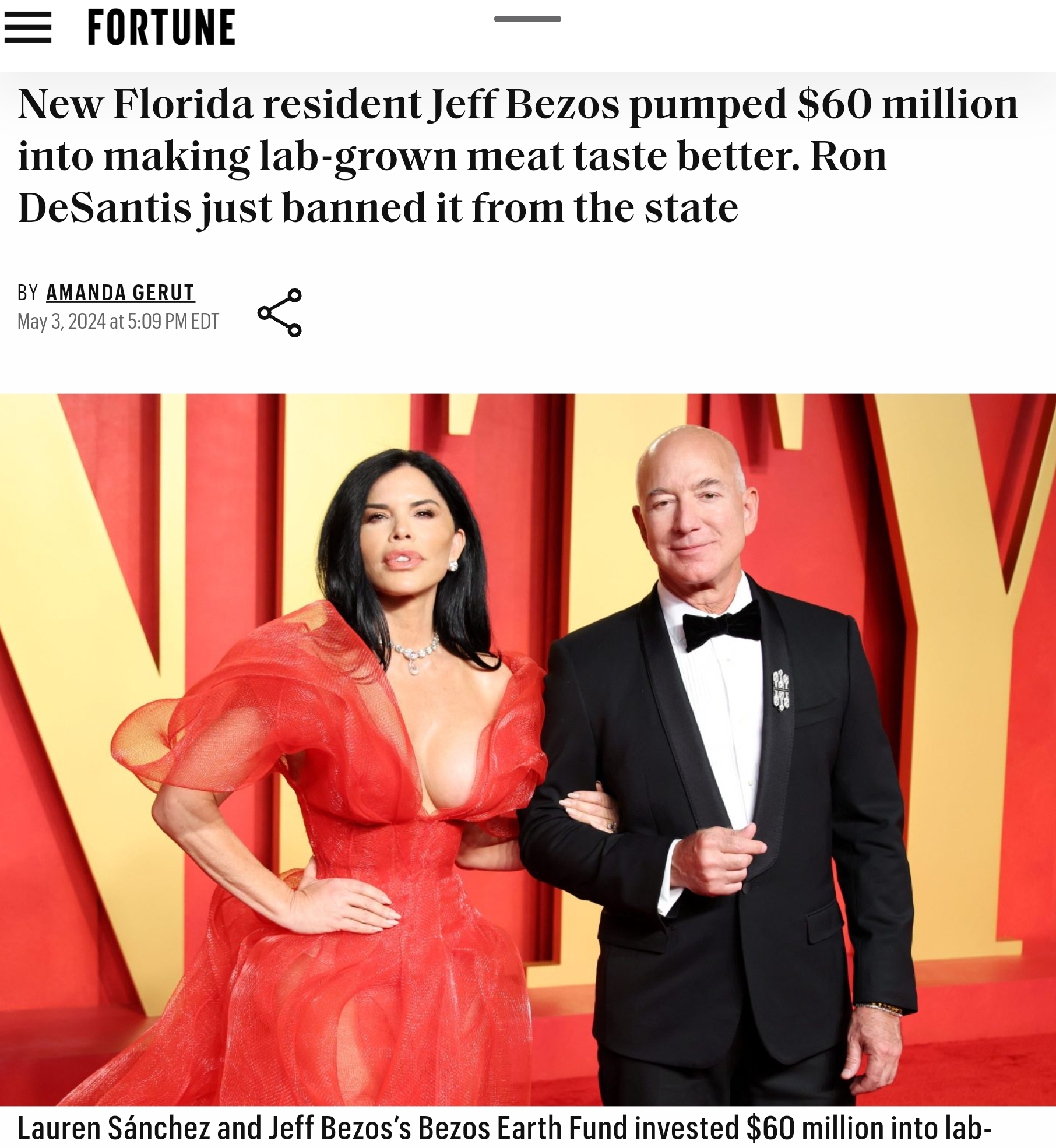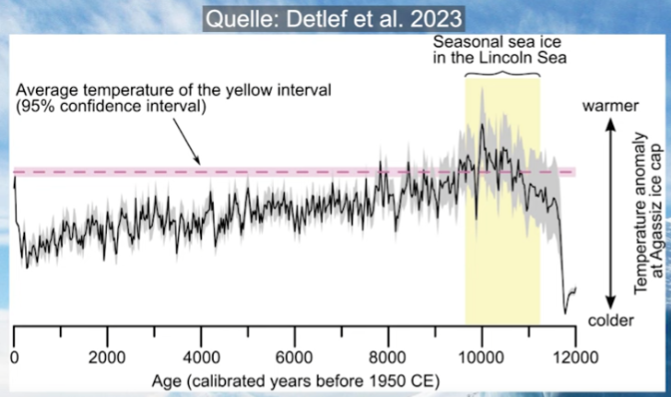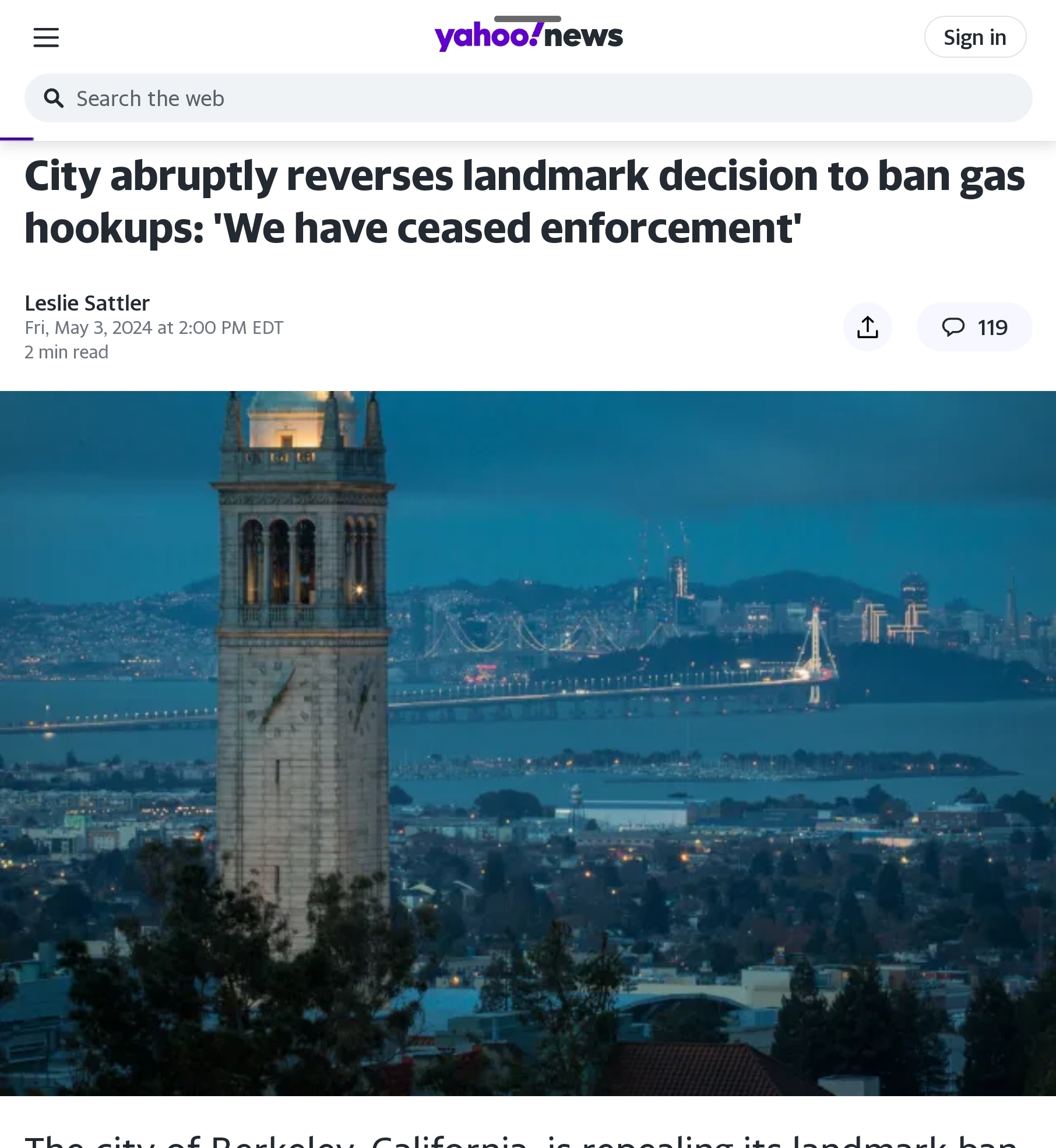| By Dr Jennifer Marohasy

It was back in 2001 when WWF launched its ‘Save the Reef Campaign’ on World Environment Day that I got to watch the roll out of an environment campaign close-up. The injustice of that campaign that was intended to limit nitrogen fertilizer use by farmers in Great Barrier Reef catchments caused me to get interested in politics and I started writing for the IPA, with Gary Johns.
That WWF campaign failed in some of its core objectives and in ways that will now be remedied with the passage of the net zero legislation.
It is no coincidence that the latest Australian Institute of Marine Science (AIMS) report claiming record high coral cover was released on the same day the net zero legislation passed the lower house of the Australian Parliament, on 4th August 2022.
In March, AIMS was claiming more than 90% of the Great Barrier Reef (GBR) to be severely bleached. That was in the lead up to the federal election, the climate change election.
Now in August, just a few months later, the same organisation is claiming healthy corals and record high coral cover across more than two-thirds of the GBR.
These two results are irreconcilable. It is not possible that 90% of the reef was severely bleached in March and at the same time the corals were healthy and expanding their range.
The bottom line is that the surveys claiming ‘90% bleached’ were out an airplane window which is at such a distance it is possible to image anything about a coral reef. And so this survey was intended to help make the upcoming federal election all about climate change. By concluding the GRB was dead and dying from climate change. Now that election is over and there has been a change in government – to a government that will legislate net zero – the narrative has changed at least for the moment.
Various people have been emailing me asking why I’m not reposting the good news about the corals. If you listen to my hour-long interview with David Mauriello (aka Diamond) from the Oppenheimer Ranch Project you can get some insights into my thinking.
Cyclone numbers have been trending down since the 1970s, and consequently coral cover around the perimeter of many reefs is trending up. Meanwhile one of the many sad ironies is that the net zero legislation is meant to save the reef from climate change.
This legislation won’t save the corals, but it will decimate farming, because as it is rolled-out farmers will be told they can’t keep using nitrogen fertilizers if they are within a Great Barrier Reef catchment. The legislation is intended to force every business to reduce its emissions and the focus in Great Barrier Reef catchments will be on fertilizer use.
Some have suggested that I should be celebrating the new AIMS report because it is saying coral cover is at a record high. But look at the actual figures. The report is claiming less than 30% coral cover at about half of the reefs surveyed.
This is an absurdly low percentage.
The low percentage coral cover is because only the reef perimeter is surveyed BY AIMS for those reports, which is the equivalent of reporting on the population of Sydney after skirting around the outer suburbs. Such a method would give no indication of population trends in more densely populated inner-city areas, and so the AIMS report gives no indication of coral cover at reef crests.
Furthermore, despite advances in both underwater and aerial drone mapping, which could provide automated quantitative assessments by habitat with a photographic and/or visual records, AIMS persists with a method that involves towing an observer who guestimates coral cover. Their method is subjective and archaic. I explain how the AIMS methodology breaks the rules every biologist learns in 101 ecology in a recent blog post, click here.
Various people have asked me to quantify the accuracy of the AIMS method. But this is to some extent pointless if the survey method excludes the reef habitat that typically has the healthiest corals and the most coral cover – the reef crest.
Coral cover at reef crest, where most of the coral is concentrated, is often more than 100%. The reef crest is like the central business district (CBD) of a city, where people live one on top of each other.
It is people in these suburbs, most of whom have never visited the GBR, who voted in the new government that will enshrine legislation to put people who live on farms out of business – at least farms in GBR catchments.
According to those who designed the legislation ‘polluters’ have routinely been allowed to just increase emissions.
Labor says it will work with businesses to reduce their emissions baselines (think: limits) ‘predictably and gradually over time’.
No detail has been released.
There will be discussion papers. They will explain what we all need to do – but especially ‘polluters’ think miners and farmers – to reduce annual emissions by 2030 and eventually 2050.
Thanks for caring.
Sincerely,
Dr Jennifer Marohasy
Researcher & Writer

|








